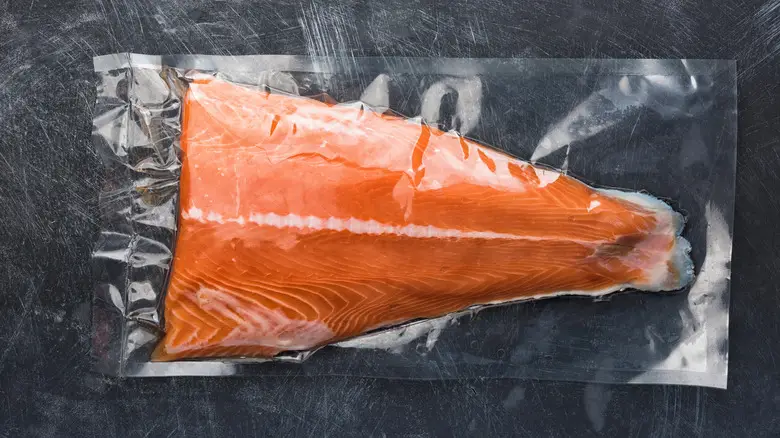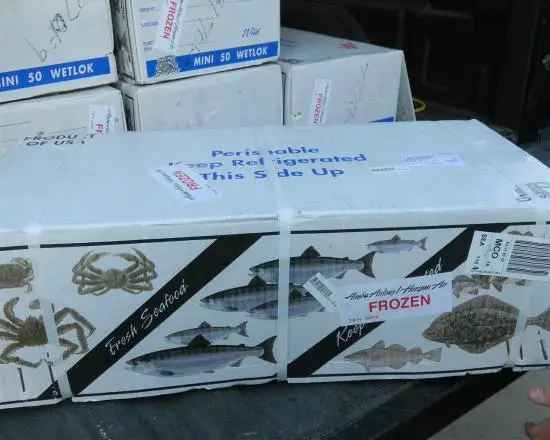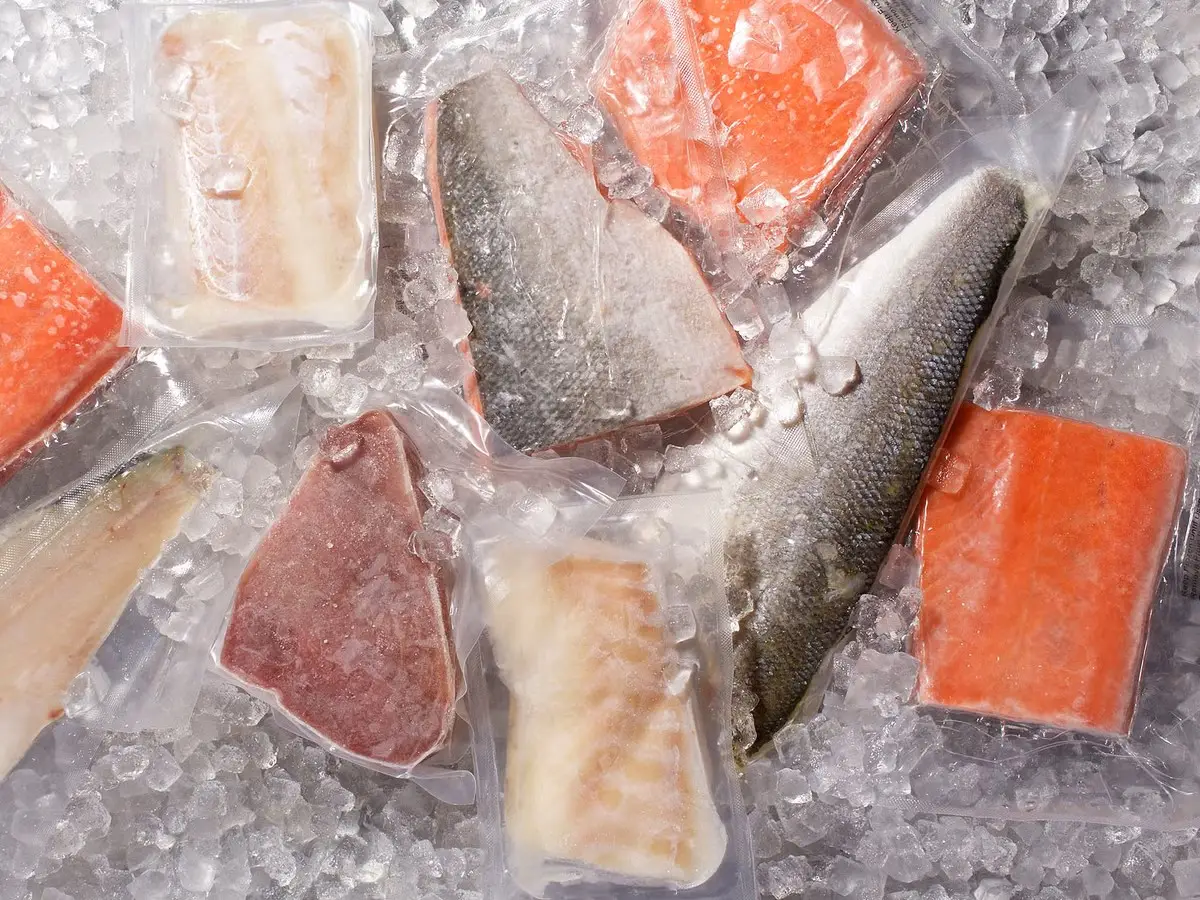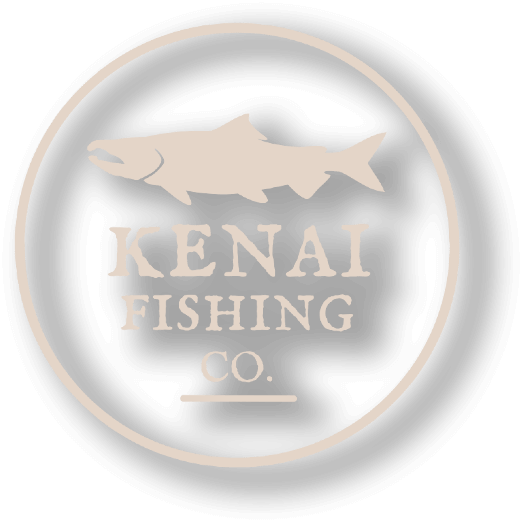Bringing home the bounty: How to get sport caught fish home from Alaska.
The goal of this blog is to help you learn more about processing your catch and how to get it safely to your home.
One of the most frequent questions many travelers ask is how to get their fish home from Alaska. Below is some information and advice to help you navigate getting your fish processed and prepared to take or ship to your home.
Another often overlooked but important part of harvesting fish is fish processing. After you catch your fish, you will need to find a fish processor to help prepare your fish for travel.
Fish Processing options:

Commercial:
After the completion of your trip your fishing guide or charter captain will fillet and bag your catch but there is still more processing needed. If possible, it is best to immediately take your fish to a professional processor to have them portion, flash freeze and box your fish for travel. Be sure to give detailed instructions to the fish processor when you drop your fish off to be sure the final product is prepared as you wish. It’s also important to make certain that the fish processor will be able to complete your fish processing before your departure date if you plan to take it with you. Also be sure that the fish processor is open at the time you need to pick up your fish. The cost of fish processing varies but is usually around $1.20-$1.70 per pound depending on the processor.
DIY: (Do it yourself)
In an effort to save money some anglers choose to process their fish on their own by buying or bringing a vacuum sealer like a Foodsaver or similar noncommercial sealers. I highly recommend NOT processing your fish yourself for several reasons. Processing fish can be messy, and most hotels and Airbnb’s don’t allow you to process your fish in house, not to mention it can be very time-consuming.
Commercial grade vacuum sealers evacuate all the air and also use thicker, high-quality bags that allow for longer freezer life. Often times self-processed fish will still have small pockets of air and it’s common for the seal of the bags to break during packing or travel which will cause freezer burn to your fish in short order. Getting your prized catch home is very important and the last thing you want is to have your fish spoil or freezer burn from attempting to save a few dollars in fish processing. Bottom line, paying a professional to process your fish is worth it and you can rest assured your fish will have the maximum possible freezer life and will be processed in a sanitary environment.
List of quality fish processors:
- Jolly Wolly’s (907) 250-1408
- Custom Seafood (907) 931-5990
- Kenai Fish (907) 283-3474
- Tanner’s Seafood (866) 209-4882

Getting it home.......... What are my options?
There are two options you have when deciding how to get your fish home.
- Option # 1: Ship it! All fish processors can ship your fish directly to your door. This is without a doubt the most expensive but the simplest. Essentially you drop your fish off and never touch or transport it again until it arrives at your door. This option is great for multi-leg trips as the processors will store your fish and ship it to arrive after you have returned home from your trip.
- Option # 2: Take as a check bag on airline: This is by far the most commonly used and economical way to get your fish home. You can simply check your frozen boxed fish as you would a normal bag. It’s important to note that you must remember to follow the maximum weight restrictions set by your airline.
How long will my fish stay frozen?
Fish will likely remain hard frozen for 18-24 hours depending on the type of fix box you choose to use. I highly recommend using a fish box with styrofoam or bubble insulation insert. Most fish processes sell these types of boxes. I do not recommend using plastic store-bought coolers as they offer limited storage compacity for their size, are bulky and the weight of the cooler limits the amount of fish you can put inside as airlines charge overweight baggage fees for anything over 50 lbs.

What to do if I have a layover in Anchorage or multi leg trip?
Storage options-
Fish processors will hold your fish for a limited time during your stay, however, most will charge extra for extended holding periods. If you have a layover in Anchorage before your departure or have additional legs of your trip after you fish, there are storage options. For a fee there is freezer storage available at the Anchorage airport or Alaska Seafood and Sausage in Anchorage.
I hope this blog was helpful in providing fish processing information and advice on how to travel home with your catch. Bringing home fresh Alaskan seafood is a very important part of your trip and if done correctly can be affordable and stress free. Tight lines and enjoy that wild, organic, Alaskan seafood.
Kenai Fishing Company
907-912-0114



